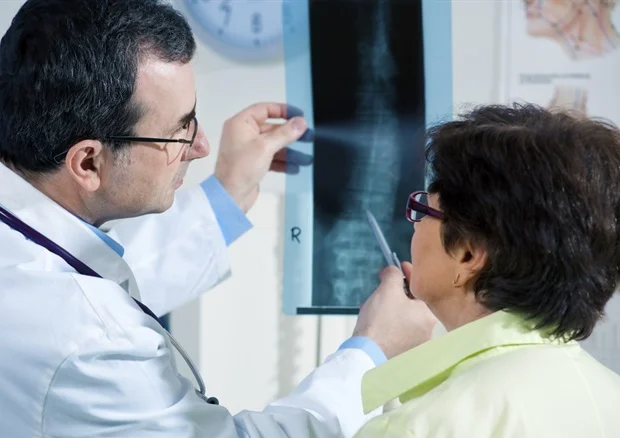Breakthrough in pain management finds that damaged nerves can be regenerated
Damaged nerves can be regenerated with the application of a frozen needle under advanced imaging guidance, according to new research

[July 22, 2022: Elise Castelli, Society of Interventional Radiology]
Damaged nerves can be regenerated with the application of a frozen needle under advanced imaging guidance. (CREDIT: Creative Commons)
Damaged nerves can be regenerated with the application of a frozen needle under advanced imaging guidance, according to new research to be presented at the Society of Interventional Radiology Annual Scientific Meeting in Boston.
The technique, called interventional cryoneurolysis, is performed by an interventional radiologist and can offer hope to patients in persistent pain following a traumatic injury.
“The idea that we can induce regeneration of damaged nerves simply by placing a cold needle through the skin under imaging guidance is extremely exciting,” said the lead author of the study, J. David Prologo, MD, FSIR, ABOM-D, an interventional radiologist and associate professor at Emory University School of Medicine in Atlanta. “This research answers the call from United States legislators and specialty medical societies to develop alternatives to opioids for the management of pain.”
Researchers at Emory University treated eight patients with chronic nerve pain related to a prior trauma with CT-guided interventional cryoneurolysis. CT-guided cryoneurolysis uses imaging to place a needle and freeze damaged nerves, causing them to degenerate and lose function.
Related Stories:
"What happens next is almost magical,” Prologo says. “If the nerve is exposed to the correct amount of cold, over the correct area, for the right amount of time, it will regenerate—replacing the previously damaged nerve with a healthy one.”
In this study, the average time from traumatic injury to the procedure was 9.5 years. There were no procedure related complications or adverse events, and all patients returned to their baseline strength over time—confirming regeneration of the targeted nerve. In six of the eight patients, pain symptoms dramatically improved following regeneration—reflected as a collective decrease of 4.6 points in Visual Analog Scale pain scores.
Prologo believes that the interventional radiology skillset applied to nerve freezing has many applications for treatment of complex pain.
Cryoneurolysis: How I Do It. (CREDIT: J. David Prologo, MD, FSIR, ABOM-D)
“We are using this regeneration technique not only to manage nerve pain induced by trauma—but also for pudendal neuralgia, post mastectomy pain, post-surgical pain, and many other conditions historically managed with narcotics,” says Prologo.
“Interventional radiologists can place these needles safely in precise locations all over the body, allowing access to pain generators that were previously unreachable and giving hope to patients who struggle with pain.”
Note: Materials provided by Society of Interventional Radiology. Content may be edited for style and length.
Like these kind of feel good stories? Get the Brighter Side of News' newsletter.
Joseph Shavit
Head Science News Writer | Communicating Innovation & Discovery
Based in Los Angeles, Joseph Shavit is an accomplished science journalist, head science news writer and co-founder at The Brighter Side of News, where he translates cutting-edge discoveries into compelling stories for a broad audience. With a strong background spanning science, business, product management, media leadership, and entrepreneurship, Joseph brings a unique perspective to science communication. His expertise allows him to uncover the intersection of technological advancements and market potential, shedding light on how groundbreaking research evolves into transformative products and industries.



